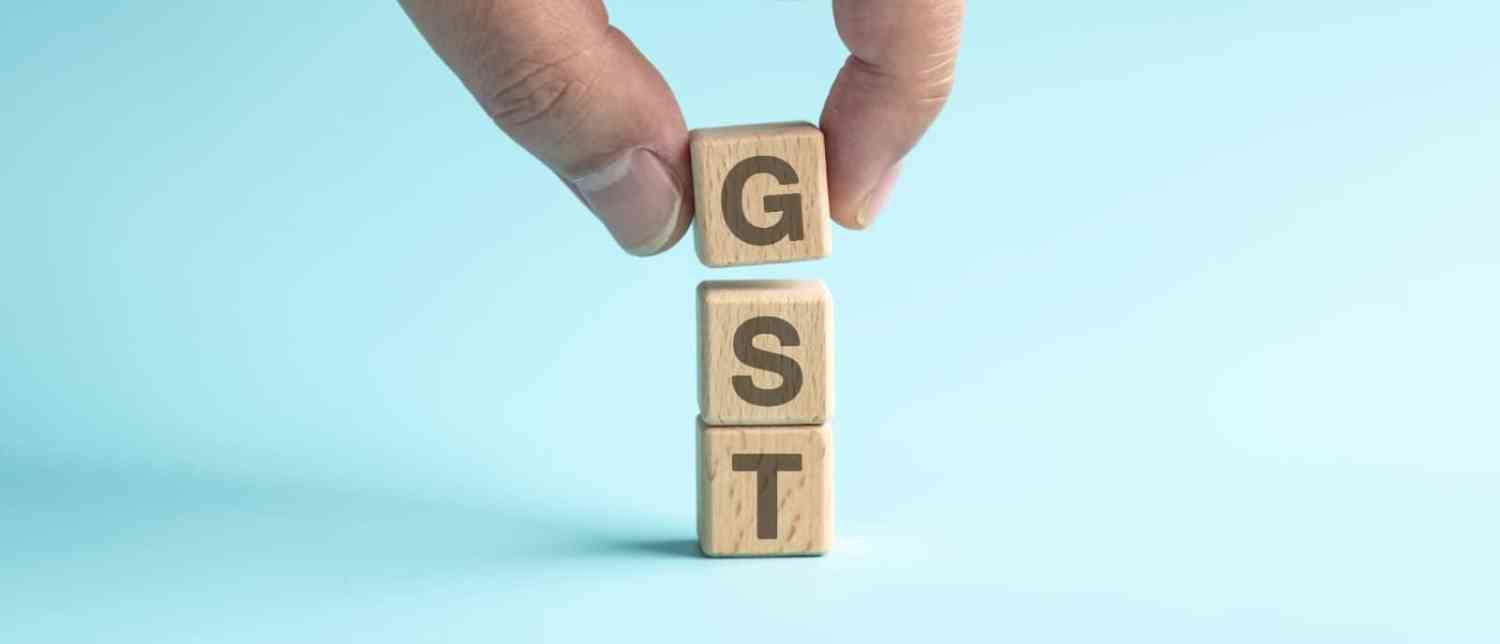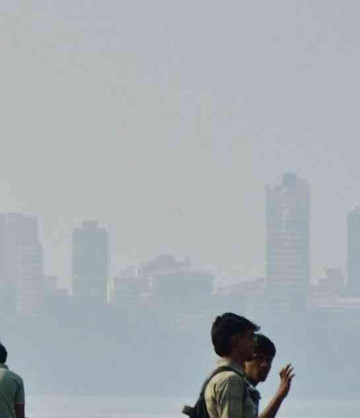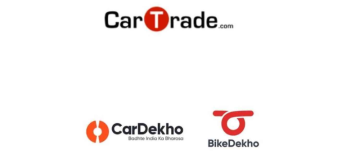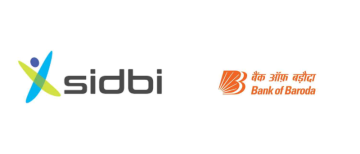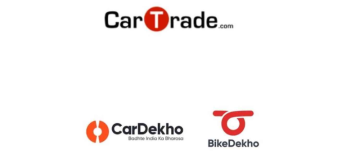The Indian government is gearing up for the most significant reform in the Goods and Services Tax (GST) structure since its implementation in July 2017. In what is being termed GST 2.0, the Group of Ministers (GoM) on Rate Rationalisation is set to recommend a massive overhaul of the tax system—moving away from the current four-slab structure to a simplified two-rate system of 5% and 18%.
According to a report by CNBC-TV18, the proposal will be tabled at the GST Council meeting scheduled for September 3–4, 2025, chaired by the Union Finance Minister. Prime Minister Narendra Modi had already hinted at the move during his Independence Day speech on August 15, calling it a “Diwali bonanza” for the people.
If approved, the reform will directly impact a wide range of sectors, from healthcare and education to agriculture, textiles, food, housing, automobiles, and entertainment.

Current GST System vs. Proposed GST 2.0 Structure
At present, India’s GST is divided into four major slabs—5%, 12%, 18%, and 28%—along with certain exemptions and a cess on luxury and sin goods. The new GST 2.0 framework proposes:
-
Two primary slabs: 5% and 18%
-
0% slab for essential goods and services such as basic food items, healthcare, and certain educational supplies
-
40% slab for luxury and “sin goods” like tobacco, aerated beverages with added sugar, and casinos
This rationalisation is expected to reduce complexity, improve compliance, and boost consumption by lowering the tax incidence on essential and widely used goods.
Major Relief for Healthcare and Pharma Sector
One of the biggest winners from GST 2.0 will be the healthcare industry, with life-saving drugs and medical devices receiving substantial relief.
-
All medicines currently taxed at 12% will be moved to the 5% slab.
-
Over 30 cancer drugs and rare-disease medicines are expected to become entirely tax-free.
-
Medical oxygen, iodine, potassium iodate, surgical gloves, diagnostic kits, and thermometers will shift to the 5% slab.
-
Spectacles and goggles may also see a cut from 12% to 5%.
Industry Response and Challenges
While the cuts will ease patient costs, some in the medical device industry have expressed concerns. Most devices currently attract 12% GST, while their inputs are taxed at 18%. A further cut to 5% could worsen the inverted duty structure, blocking input tax credit and putting pressure on manufacturers’ margins. Industry bodies have requested the government to retain 12% on low-margin consumables while applying 5% only to high-value devices.
Daily-Use Items to Get Cheaper
To ease household budgets, a wide range of daily essentials and consumer durables will become more affordable:
-
Home Appliances: Washing machines, refrigerators, and air conditioners to shift to lower rates.
-
Food & Beverages: Butter, ghee, cereals, dry fruits, confectionery, juices, ice cream, and even packaged drinking water will see reduced GST.
-
Education Supplies: Maps, atlases, sharpeners, pencils, crayons, exercise books, and geometry boxes will be taxed at just 5%.
-
Personal Care Products: Face powder, hair oil, toothpaste, shampoo, and soap will move to the 5% slab.
Agriculture, Textiles, and Renewable Energy – Major Boost
The government also aims to support agriculture, rural livelihoods, and renewable energy adoption:
-
Agriculture Inputs: Fertiliser acids, bio-pesticides, micronutrients, drip irrigation systems, tractors, and tractor parts will now attract only 5% GST.
-
Textiles & Handicrafts: Synthetic yarns, carpets, handicraft idols, terracotta tableware, and footwear below ₹2,500 will be taxed at 5% instead of 12%.
-
Renewable Energy Devices: Solar cookers, solar water heaters, and other green-energy products will shift to 5%.
Housing, Automobiles, and Infrastructure
Large-ticket items are also set to get relief under GST 2.0:
-
Cement: Reduced from 28% to 18%, making housing and infrastructure projects cheaper.
-
Automobile Parts & Accessories: GST cut from 28% to 18%.
-
Tyres: Down from 12% to 5%.
-
Hotel Accommodation: Rooms costing up to ₹7,500 per night will be taxed at 5%.
These changes are expected to stimulate demand in real estate, hospitality, and auto sectors while supporting infrastructure development.
Entertainment and Travel
-
Cinema Tickets: Economy tickets will now attract 5% GST (down from 12%), making movie-going more affordable.
-
Air Travel: Premium air tickets will become costlier, moving from 12% to 18%.
-
Casino Services: A special 40% slab will apply, up from the current 28%.
Economic and Global Trade Implications
The reform is not just about simplifying tax but also about strengthening India’s economy in the face of global uncertainties.
-
According to BMI, a Fitch Solutions company, the revised GST rates could help India counterbalance external shocks, such as the 50% tariffs announced by the United States on Indian goods.
-
By cutting rates on “common man items,” the government hopes to stimulate domestic demand, keeping India’s economy resilient against trade wars.
Currently, GST accounts for 30% of total tax collections and contributes about 2.5% of India’s GDP (FY2024–25), making it the second-largest source of fiscal revenue after income tax. Experts believe rationalising rates will simplify administration and reinforce GST as a key revenue driver.
GST 2.0 – Sector-Wise Breakdown of Proposed Rate Revisions
Here’s a quick snapshot of the proposed GST revisions sector by sector, as reported by CNBC-TV18:
Items Becoming Cheaper (Rate Cuts)
-
Cement: 28% → 18%
-
Automobile parts & accessories: 28% → 18%
-
Hotel accommodation (up to ₹7,500/night): 12% → 5%
-
Tractors: 12% → 5%
-
Tyres: 12% → 5%
-
Defence components (tanks, walkie-talkies, armoured vehicles): 12–18% → 5%
-
Wood pulp, cartons, paperboards: 12% → 5%
-
Fertilisers: 12% → 5%
-
Medicines & medical devices: 12% → 5%
-
Textiles: 12% → 5%
-
Footwear under ₹2,500: 12% → 5%
Items Becoming Costlier (Rate Hikes)
-
Casino Services: 28% → 40%
-
Premium Air Tickets: 12% → 18%
What Happens Next?
The final decision on the GST 2.0 reforms will rest with the GST Council, which will meet on September 3 and 4, 2025. If approved, these changes will mark the biggest tax reform since GST’s inception in 2017, simplifying compliance, reducing costs on essential items, and potentially boosting economic growth.
With inputs from agencies
Image Source: Multiple agencies
© Copyright 2025. All Rights Reserved. Powered by Vygr Media.

